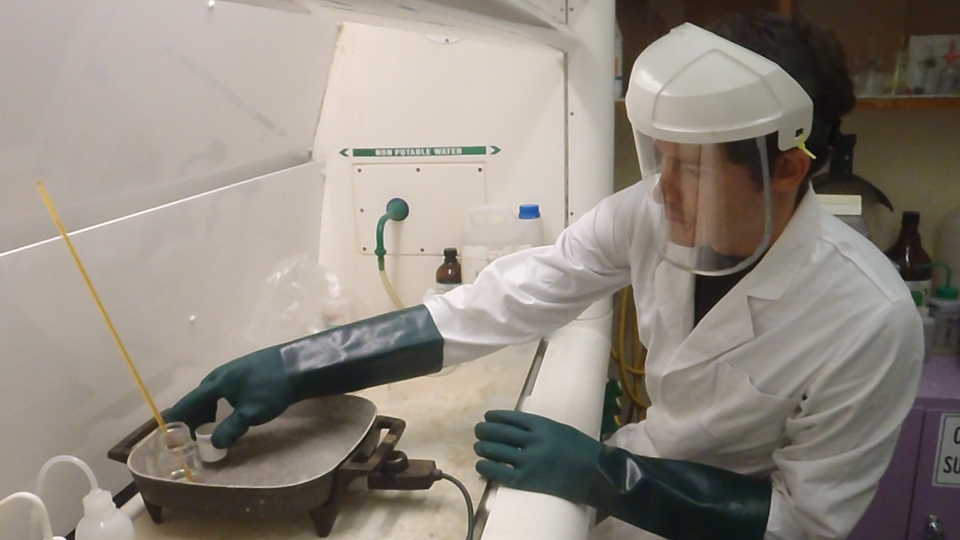
Humans have an insatiable appetite for metal, which we obtain, for the most part, by extracting it from naturally occurring rocks. Unfortunately, the process of extraction leads to severe environmental and social impacts, including destabilization of economies in developing countries, and severe pollution of the water and air. As rich sources of metals, a non-renewable resource, become more and more scarce, mines become more and more destructive, digging deeper to get at the metals that human consumption demands. To solve these problems, humans must become increasingly clever about obtaining the metals they need, and also deal with the environmental aftermath of past mining activities. One way to simultaneously fix both of these problems is to apply phytotechnology, using plants to extract metals from defunct mines, producing metals for human use while also cleaning up the soils and rocks damaged in the past.
In a collaborative effort, Dylan is and his colleagues from the University of British Columbia and the University of California, Davis are studying special plant that are able to take up and store enormous amounts of metal?a trait known as hyper-accumulation?with the goal of eventually using these plants, or the genes within them, to mine metals and clean up former mine sites. They are currently doing tests with several of these plants to determine their ability to extract metals, and see how these plants might be grown at an industrial scale. At the same time, Dylan is developing a business plan for this effort, aiming to deploy phytotechnology to former mines sites in California as a test-case for simultaneous mining of metals and remediation of mine sites. In addition to this research, Dylan?s is using whole genome DNA sequence data to identify the genes involved in metal accumulation, with the goal of eventually breeding or creating plants that are better at metal accumulation than wild ones.